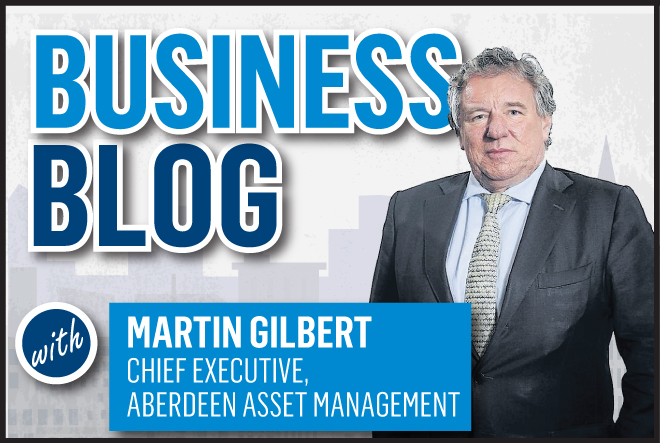As a chief executive I’m paid to be paranoid! Any CEO who says they are not worried about their business and what’s around the next corner is either lying or not doing their job properly.
One issue at the forefront of my mind is the challenge of disruption. It can take many forms but simply put, disruption is when a new entrant into a market completely overturns traditional business models.
Uber has had that impact on cabs. Gone are the days of desperately waiting, hoping that a taxi would pass and then trying to flag it down. In a few taps of a smartphone, the Uber app uses GPS technology to connect you with the nearest registered driver who will come and pick you up and take you to your desired location, often for less than other taxi services. In five years it has grown to have over 26,000 drivers in New York, 15,000 drivers in London, 10,000 in Paris, 42,000 in Chengdu and 22,000 in San Francisco. They expect to add another million drivers to use their service over the next seven months alone.
Amazon completely disrupted the business model for selling books and Apple’s iTunes service changed the way we buy music.
Within the asset management industry there is much talk about disruption and whether technology companies, such as Amazon or Google, will enter the market place by launching their own funds or distributing existing funds from a select group of asset managers. It’s not for me to second guess the decisions of these companies, but a presentation given by George Blankenship, formerly of Apple, gave me much food for thought.
He talked through the history of Apple and how it has grown into the world’s largest company and one of the few “must have” brands. Lengthy queues outside its stores when a new iPhone is launched are commonplace. Consumers are willing to pay a premium for Apple products and one never sees ‘Sale’ posters in the windows of their shops.
When it comes to disruption it is easy to forget that Apple only entered the mobile phone market in 2007. At the time the handset in your pocket was either a Nokia, Ericsson or Motorola – where are these companies today?
Businesses of all types can learn a lot from Apple’s success. They have kept things simple with a tight range of excellent products which have generally changed the category of product they inhabit (iPods changed MP3 players while iPads changed personal computing).
The company pursues innovation ruthlessly and wraps its products in a design and brand which is friendly and makes them desirable. Apple has engendered a huge amount of customer loyalty enabling them to be price setters rather than price takers.
The slide in Blankenship’s presentation which really made me sit up straight had a hypothetical headline declaring Apple was planning to enter the asset management industry in 2016. The truth is that you could swap ‘asset management’ for any industry and it would strike fear into the heart of that industry’s CEOs, such is the reputation of Apple as a disruptive force.
One of the reasons Aberdeen Asset Management has been successful is that we’ve changed with the times. But we are a large incumbent in our sector which makes us ripe for disruption so we’re paying a lot of attention to the risk. I’m not arrogant or complacent enough to think that we can rest on our laurels for a second.
Next week I’m flying to the West Coast of America to meet with various technology companies to learn about their businesses. As I have mentioned in a previous column we have established an Innovation Committee to look at ways we can improve the way we work internally and externally. What is certain is the way we do business and interact with clients in ten-years’ time will be completely different to how we work today.
As Steve Jobs, co-founder of Apple, once said: “Innovation distinguishes between a leader and a follower.” I want my business to be a leader, but that means I need to be constantly alert to what’s around the corner.
